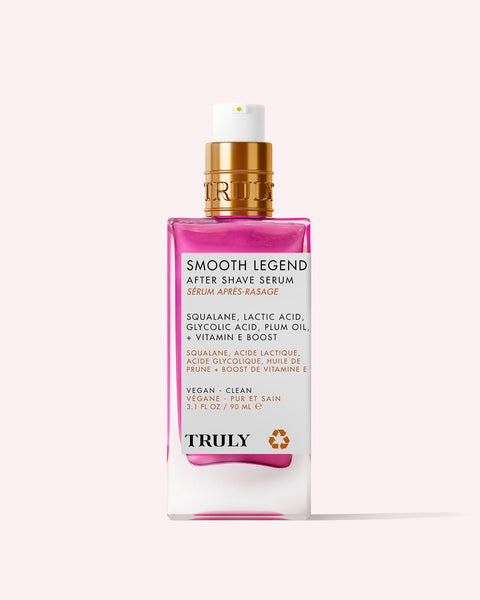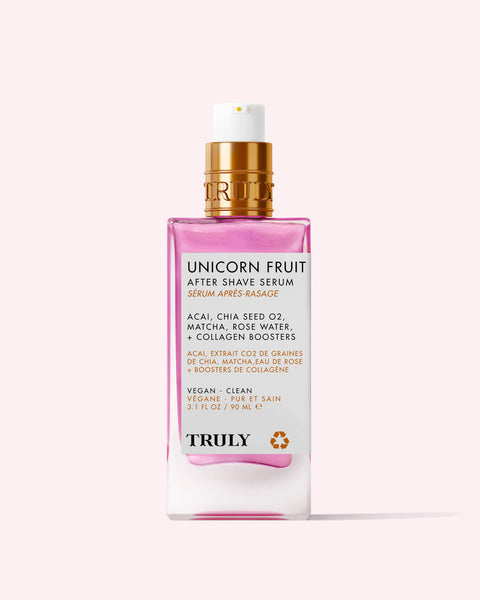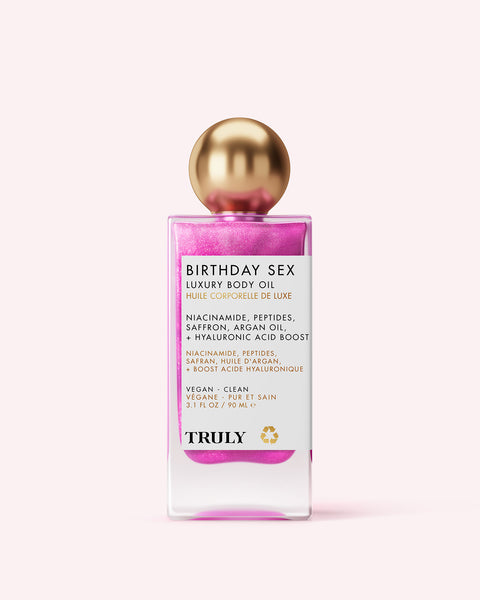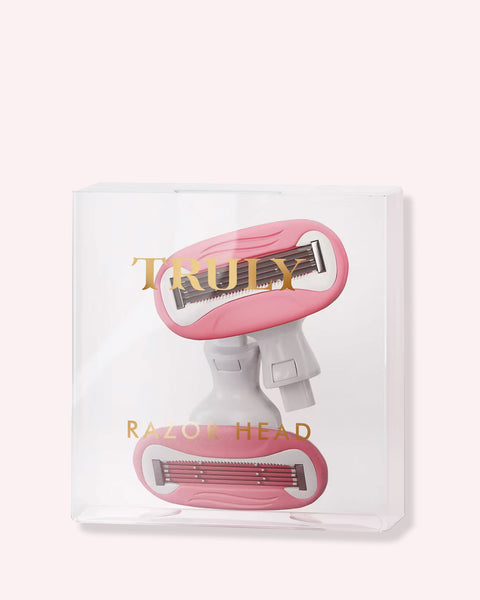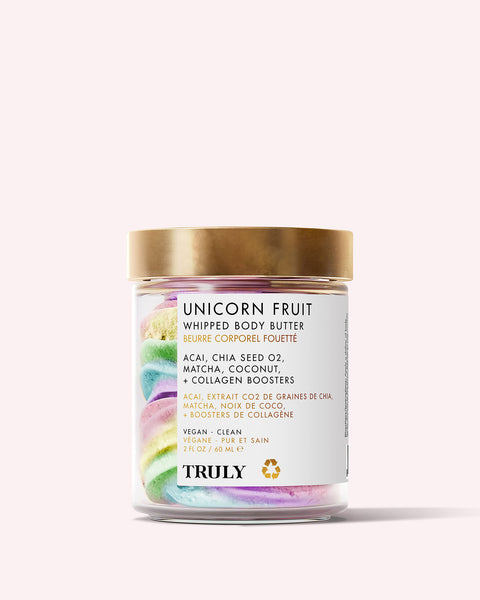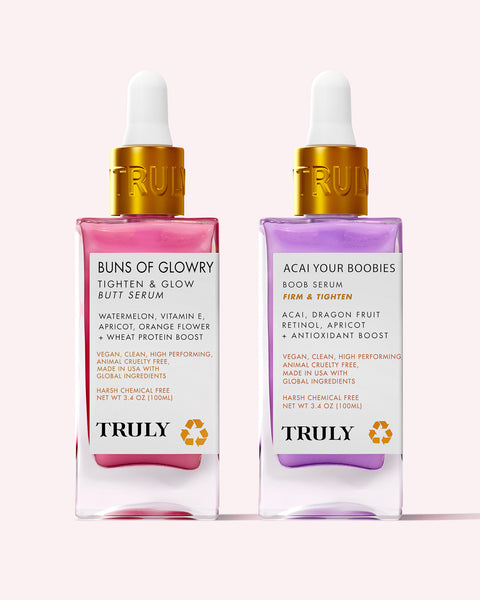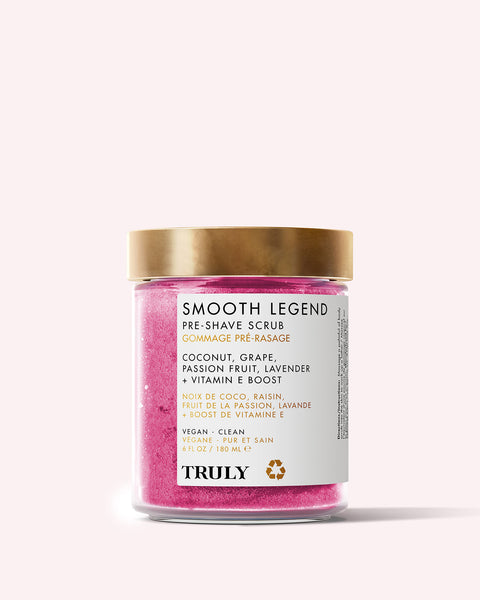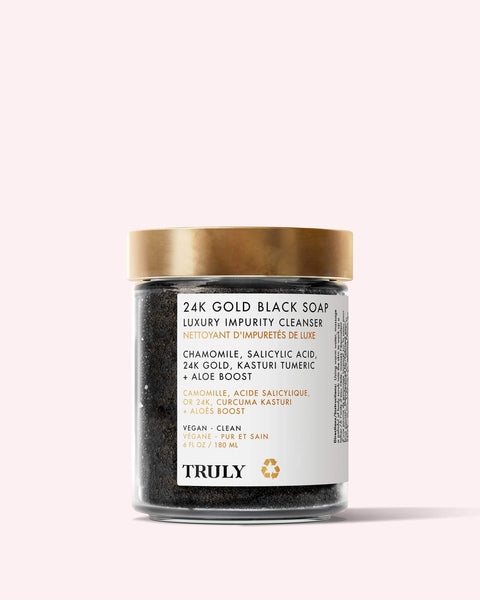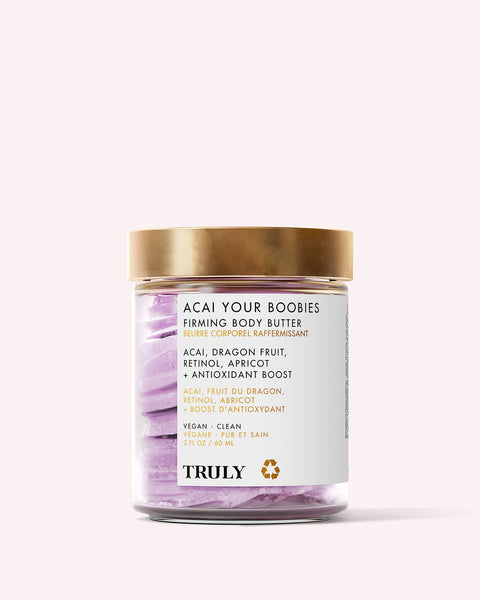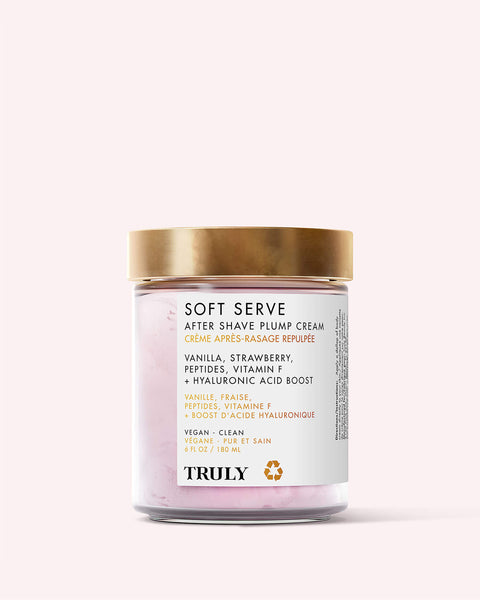Face Mites are Real. Here's A Skincare Routine to Get Rid of Them.

If the idea of face mites crawling over your face leaves you queasy, you're not alone. We're literally scratching ourselves writing this...
It turns out, everyone has them.
The mites, known as demodex mites, are tiny parasites that live on skin hair follicles and feed on sebum. They typically hang out on the oiliest parts of your face – around the forehead, cheeks, and chin.
Interestingly, we aren't born with facial mites. They're actually passed by skin-to-skin contact during childhood.
The good news is, you can get rid of them. Here's a skincare routine to treat yourself at home and wave bye-bye to the creepy crawlies breeding on your face. *scratch.*
JUST QUICKLY, WHAT ARE FACE MITES?
Two species of demodex live on humans: Demodex folliculorum and Demodex brevis, both commonly known as face mites. Most people have them, and they're actually quite harmless. They also don't bite -- just in case you were wondering!
You wouldn't know if you had face mites because you don't feel them crawling. You would, however, be able to detect their presence if you're experiencing red, itchy, bumpy skin. This signals an overpopulation of demodex.
In some cases, when mites breed out of control, they cause a skin condition known as demodicosis. Demodicosis typically appears in individuals with suppressed immune systems. Symptoms include a red rash made up of pimple-like bumps and rosacea-like redness. Consult a dermatologist if you think you're suffering from this skin condition to receive the appropriate medication.
HOW TO GET RID OF FACE MITES: A SKINCARE ROUTINE
Wash Your Face Twice Daily
The first step in preventing and treating face mite infestations is to cleanse your face twice daily. Consistent use of a gentle cleanser keeps the area clean, removes excess oil, and helps keep face mites at bay.
Be careful not to over-wash your face as this will dry out your skin and possibly lead to an overproduction of sebum -- the substance to which mites are attracted.
Opt for a hydrating face wash like Truly's Super Matcha Facial Cleanser. It's made with anti-inflammatory matcha, soothing aloe, and hydrating vitamin B12 to cleanse away oil, reduce skin redness, and diminish dryness.
Treat them With Tea Tree
According to 2020 research, tea tree oil is the best treatment for microscopic mites. Tea tree oil possesses antibacterial, anti-fungal, and anti-inflammatory properties that help kill existing eggs and prevent future accumulation. Use tea tree oil as a topical treatment for face mites to take control of the spread.
You'll find tea tree oil in Truly's CBD Jelly Toning Solution and Truly's Volcanic Rosewater Mist. Both these skincare products are effective treatment options for face mites. They're also suitable for all skin types, ranging from dry skin to sensitive skin.
Dissolve Oil With Salicylic Acid
Another oil-dissolving staple often used to treat breakouts and balance oily skin is salicylic acid.
One of the biggest benefits of salicylic acid is its ability to exfoliate the skin. Salicylic acid penetrates into the pores of the skin to slough away dead skin cells and remove dirt and bacteria so that pores can remain clear and free from irritants.
You'll find it in three of the four products in Truly's CBD Jelly Bundle. The four-step kit contains a facial cleanser, body wash, facial serum, and toner all designed to promote oil reduction, banish breakouts, and soothe irritation and itchiness.
Prioritize Hydration
It may seem counterproductive to add moisture to your skin, but did you know that dryness can actually exacerbate oily skin? Since mites are attracted to skin oils, you can quickly control the issue by moisturizing on a daily basis. It's best to use a lightweight, non-comedogenic cream or lotion every time you wash your face to prevent moisture loss and seal in hydration. Avoid using thick, heavy lotions that only contribute to facial oiliness.
Truly's Cream Skin Face Moisturizer is formulated with hyaluronic acid, sea kelp, and antioxidants to hydrate, plump, and rejuvenate skin.
Cleanse Your Eye Area, too
Demodex can also accumulate in the eyelash region, which can cause conditions like inflammation, hair loss, and clumping. You can treat and prevent the issue by always removing eye makeup thoroughly, and keeping the area clean.
If you are experiencing irritation or itching of the eyelids, this could be a sign you're dealing with a demodex infestation. Book an appointment with your dermatologist if you think you may have this condition.
Switch to a Silk Pillowcase
Besides religiously washing your face, another effective preventative measure to take against the accumulation of face mites is sleeping on silk pillowcases. As a non-absorbent fabric, silk can prevent the spread of demodex by minimizing the absorption of oil on the skin.
It is also important to wash your sheets regularly to make sure you're killing any mites that may be hiding in your sheets.
Truly's Satin Sleep Set features a pink satin pillowcase, eye mask, scrunchie, and head band for a mite-free beauty sleep.
When to See a Dermatologist
While face mites are relatively easy to treat and prevent, some severe cases may require professional attention. If you develop itchy, acne-like lesions and none of the tips above ease your issues, it's time to consult a dermatologist.
"Pay attention to increased redness on your face," says Mamina Turegano, MD, FAAD board-certified dermatologist on the Dermatica Dermatology team. "Especially if it’s localized to the central face (cheeks, around the nose, between brows) or eyelids. You can also look for itching, mild scaling, papules, and pustules."
Sometimes, an overgrowth of face mites can lead to a condition called demodicosis. It looks a lot like acne. However, unlike acne, these lesions may not respond to antibiotics such as doxycycline or clindamycin. If you are diagnosed with this condition, a dermatologist will prescribe an anti-parasite treatment.
Face mites are still creepy, but the good news is: you don't need to put up with them. With a consistent skincare routine and a few mite-attacking skincare ingredients, you can put an end to demodex inhabiting your face.





